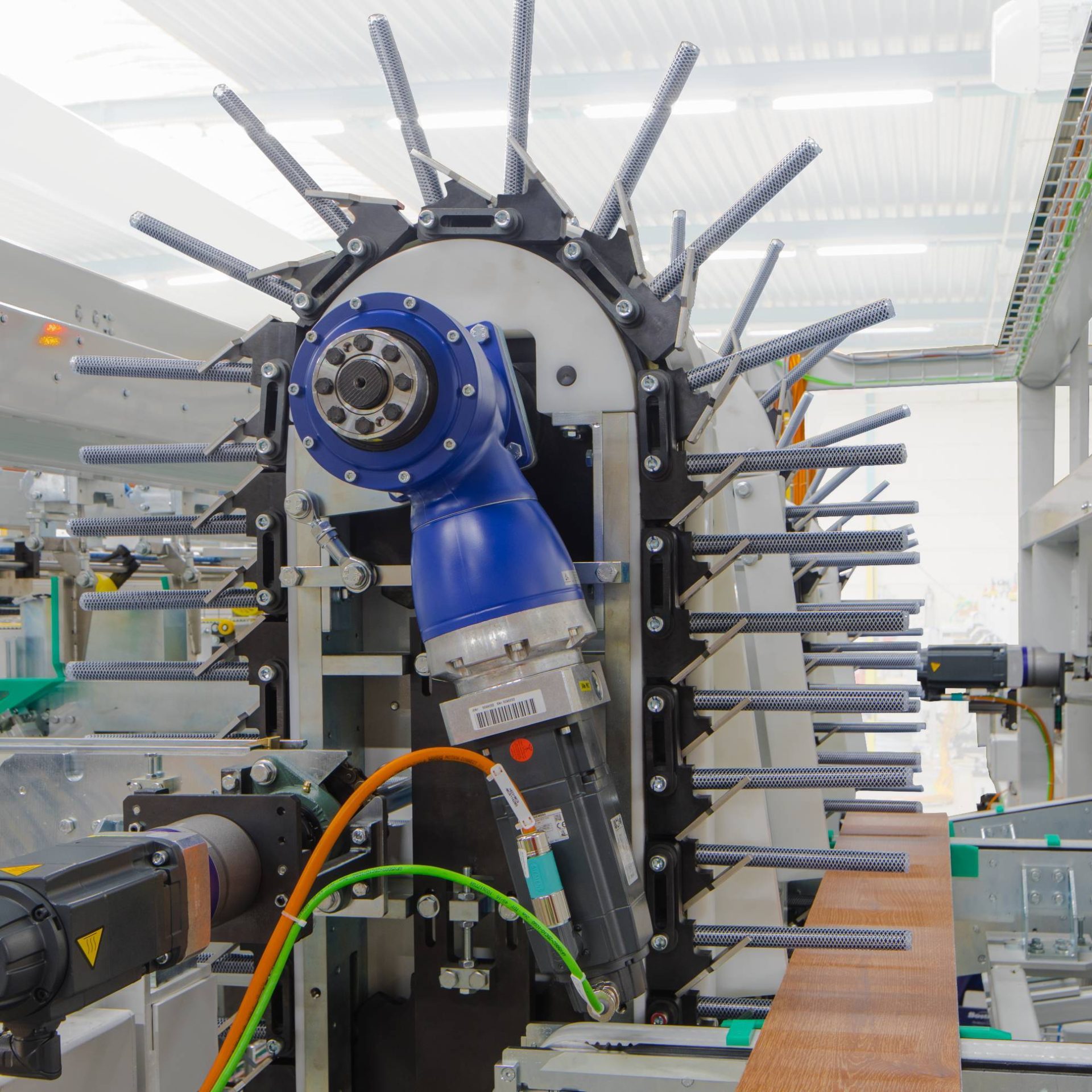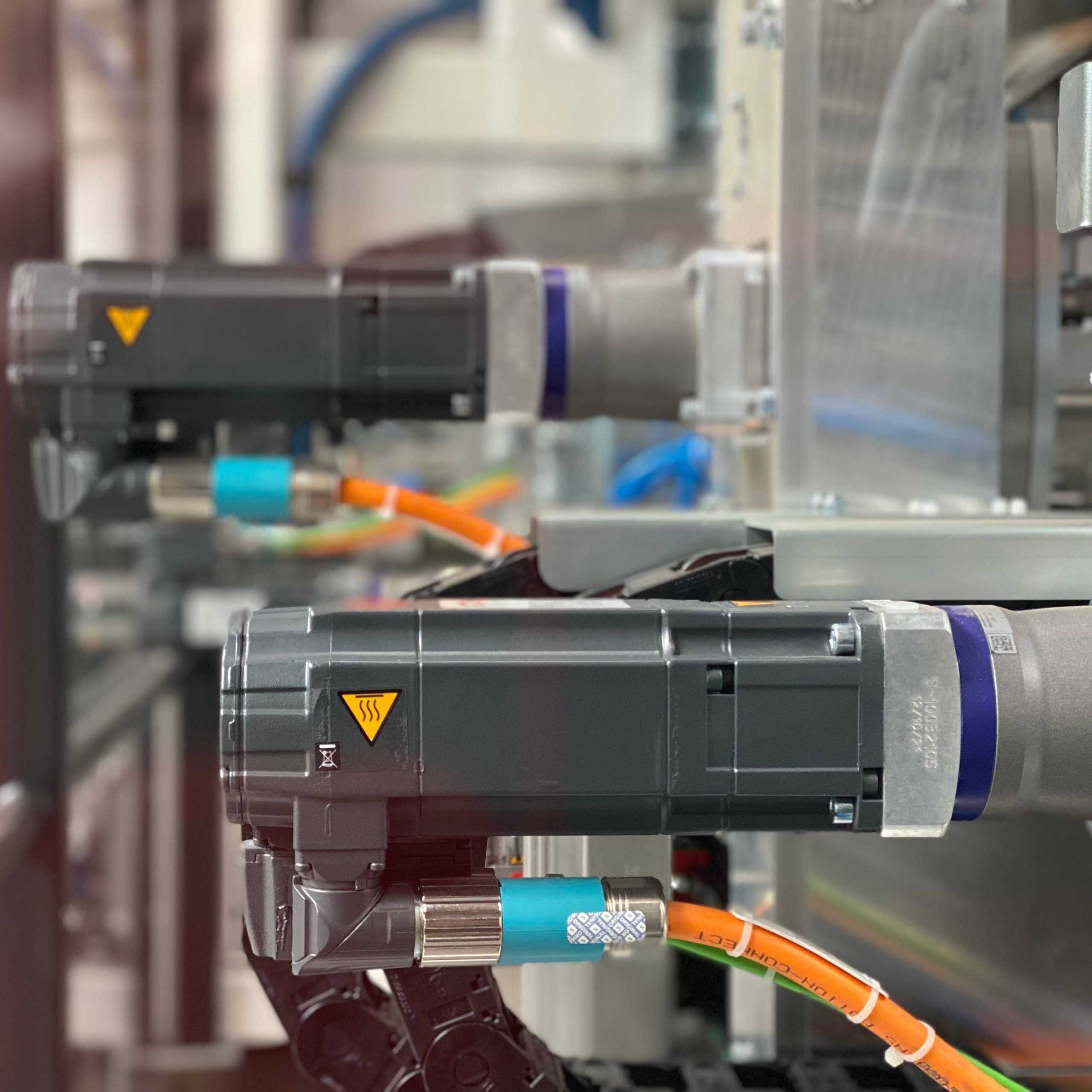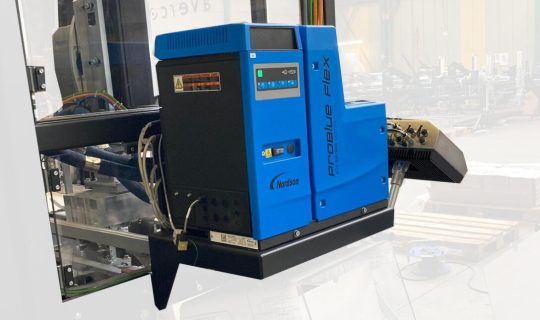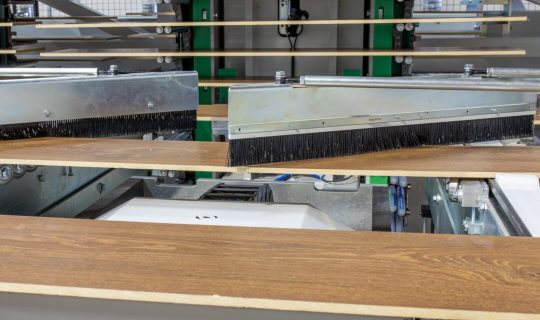Still using complex powertrains? Think servo!
Although servo motor technology has been around for a long time, many machines are still produced with often overly complex powertrains. In fact, there is great potential in upgrading older machines to reduce maintenance costs and increase flexibility.

We challenge you to look at your situation and consider. Our automation experts give you 6 reasons to consider…
1. Less wear out
Where mechanical drivetrains typically consist of a large number of components working together and subjected to friction, servomotors are installed nearby the point of use, and are therefore significantly reducing the total amount of wear parts.
2. Higher accuracy over distance
As a drivetrain lengthens, the inaccuracies due to backlash increase. The further from the motor, the less accurate the position control will be. The electronic connection between servo motors is independent of distance and provides comparable accuracy at each point of use.
3. Better motion control
Although frequency controlled asynchronous motors offer good possibilities to allow speed variations, the control range is limited to 20-60Hz. In contrast, servos offer more flexibility with their possible speed range of 1-100%, ultimately leading to smoother running production lines.


4. Energy Efficiency
Servo drives can get their power from 1 coupled DC link, resulting in very efficient energy management as one drive can supply rest-energy (e.g. during braking) to another drive requiring additional energy (e.g. during acceleration). In this way, the total power consumption of the machine is reduced and peak loads on the electricity grid are avoided. A sustainable concept.
5. Improved accessibility and ergonomics
Because motors can be placed close to where the action takes place, a lot of free space has been gained. This offers great advantages in terms of accessibility, ergonomics and even hygienic design. Relevant for food and non-food sector.
6. Combination of moves
Synchronizing rotary and linear motion becomes a lot easier with servos. Where in the past a crankshaft connection was often used, this motion can now easily be solved by software and using a linear servo motor. Moreover, the movements can take place in any direction without mechanical limitation.


